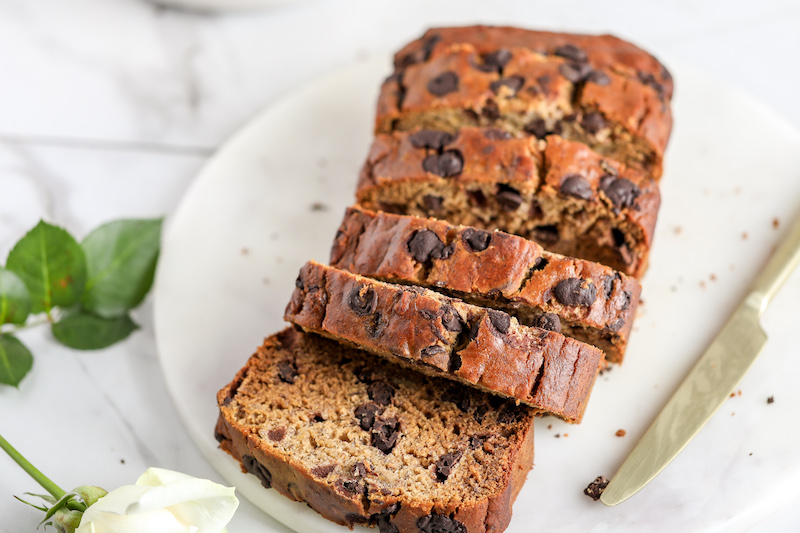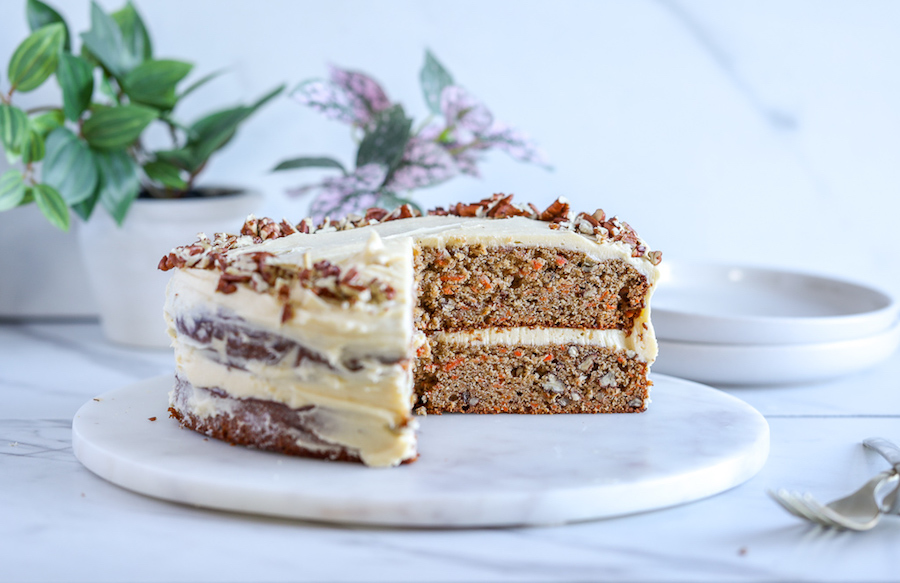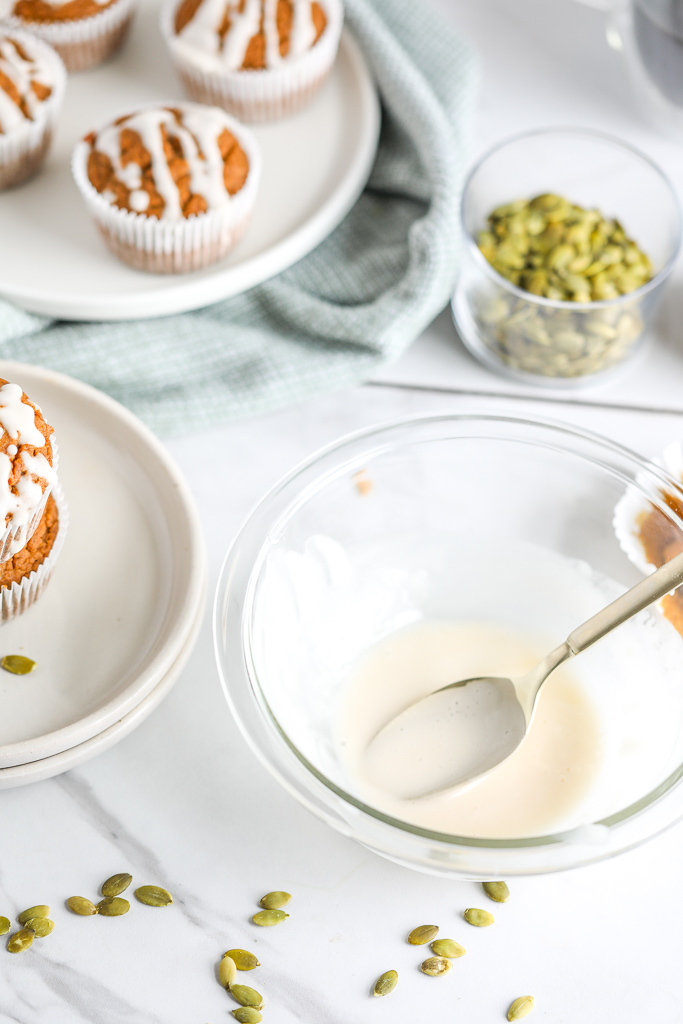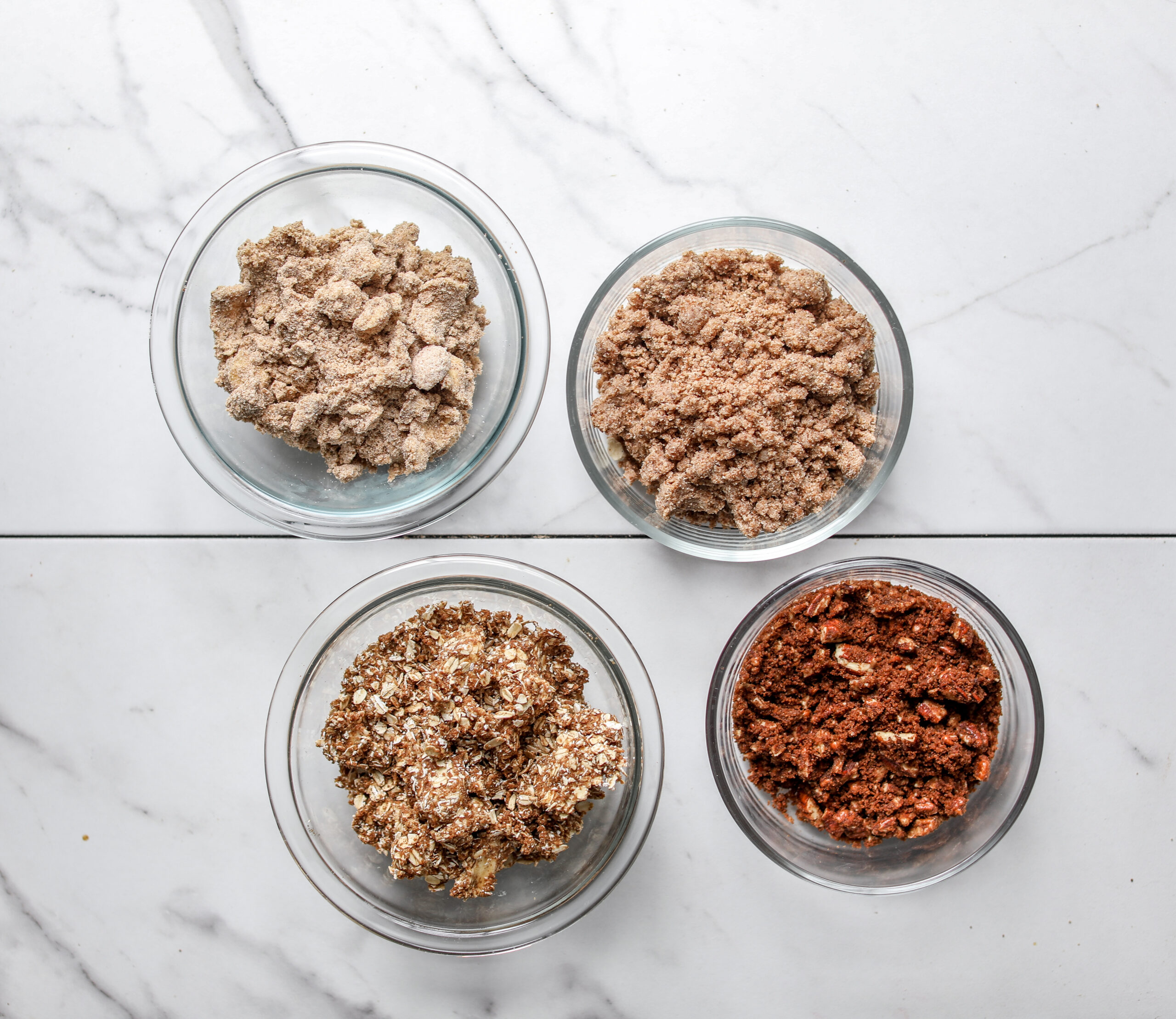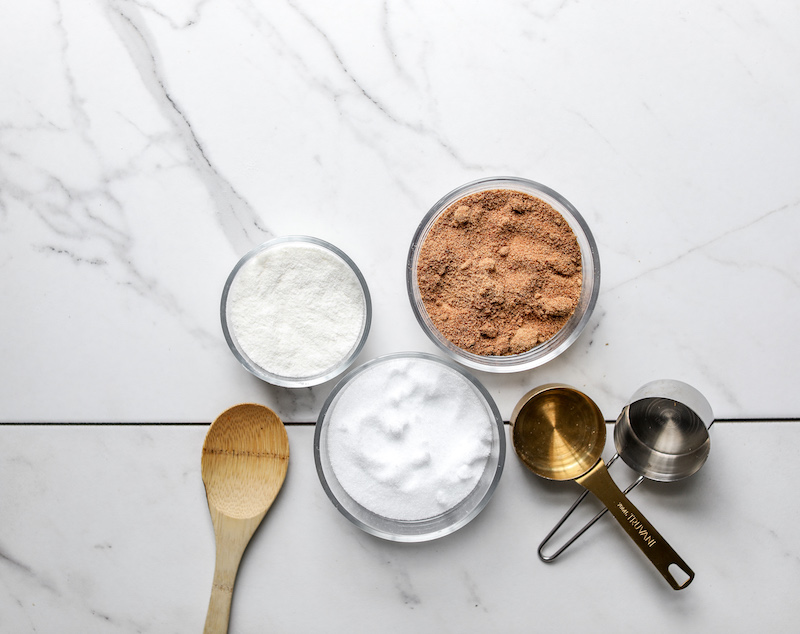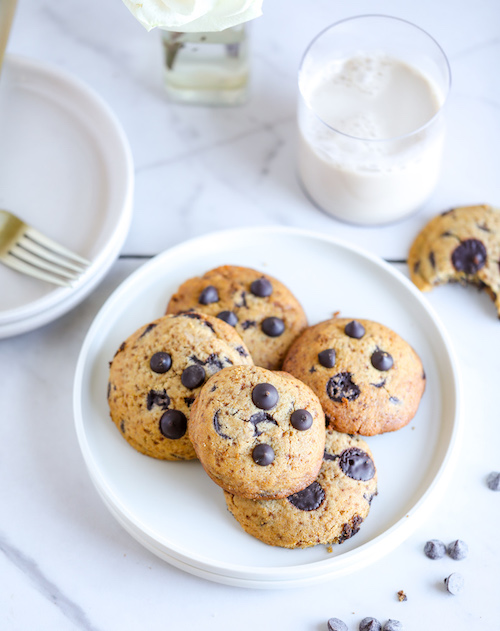When it comes to baking gluten-free, there are some baking mixes on the market that make the process easier and convenient. Baking is a science after all, so might as well leave it to the professionals. Why try to figure out various flour alternatives to use when you can turn to a mix that has that figured out for you?
Unfortunately, I believe many of these baking mixes fail on a few (major) cylinders: taste, nutrition, and recipe success. Have you ever opened a bag of gluten-free baking flour, only to be overwhelmed with the scent and taste of potatoes? Or attempted chocolate chip cookies that left you wondering what you did wrong? Or made muffins, but when you went to eat one, experienced a slight stomach ache even though they were gluten-free?
Despite the fact that I do like combining different types of gluten- and grain-free flour to see what sticks, I wanted to see if this one-to-one gluten-free baking mix lived up to its claim. I am all for convenience, and if I can use a baking mix that will yield a banana bread that more closely resembles a traditional recipe in rise, size, and shape, I am all for it. As I have said before, when you bake gluten-free and/or grain-free, the shape of your baked goods might not turn out the way that you are used to. But I craving a hearty banana bread with height, so I wanted to see what this mix could do.
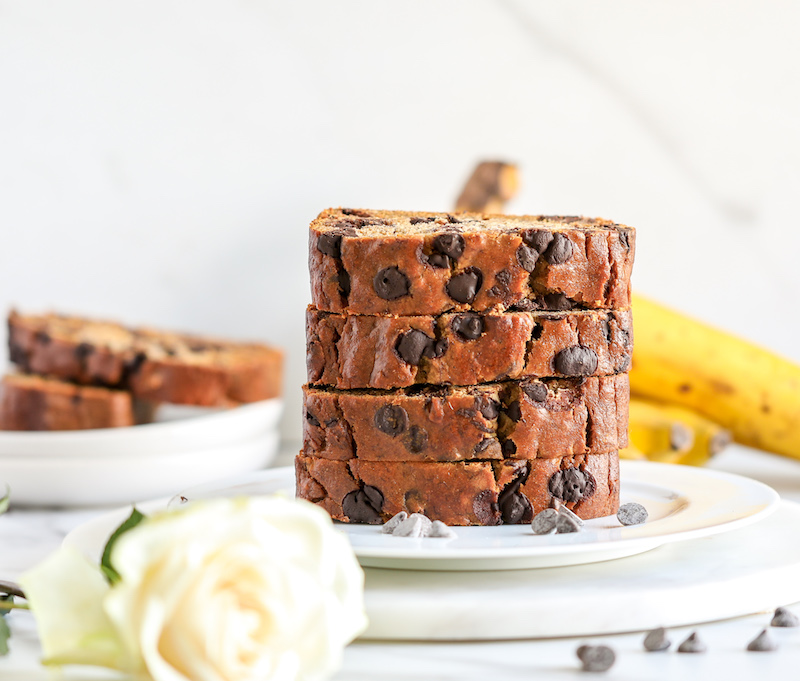
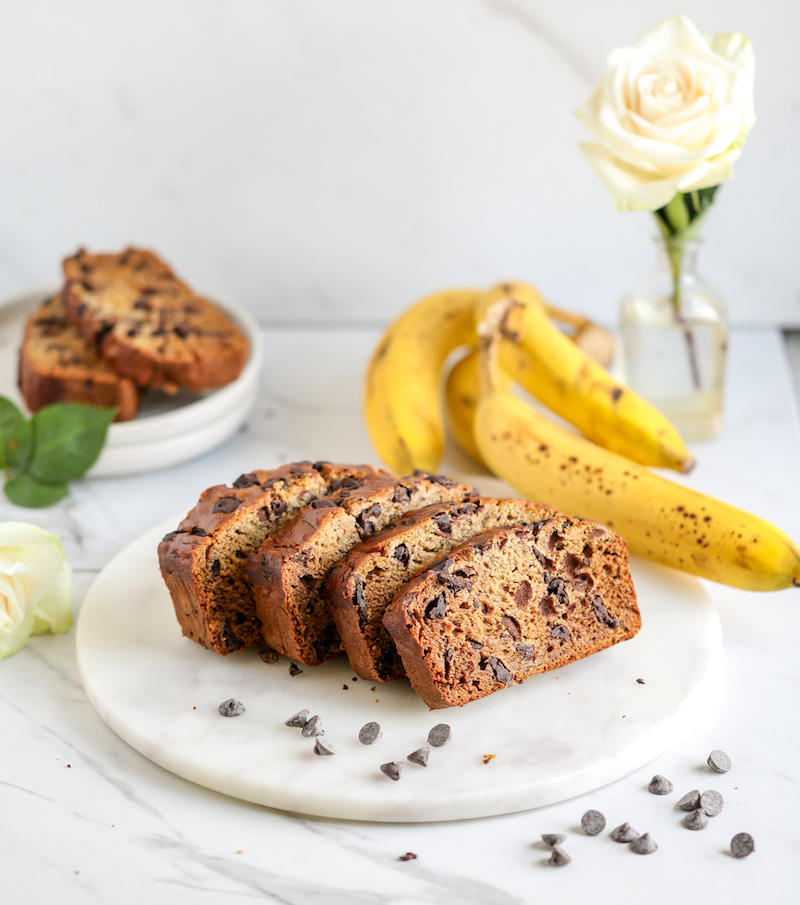
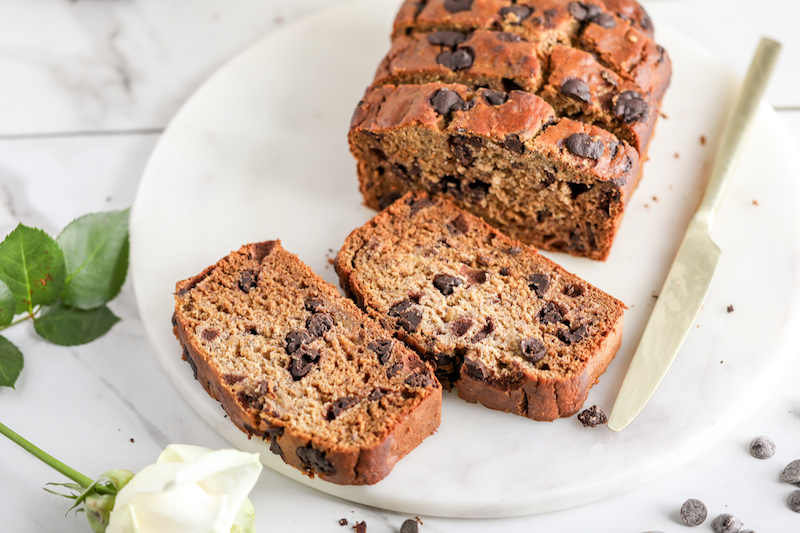
The first thing I noticed was when I was measuring out my two cups of this gluten-free flour, it felt fine like all-purpose. The consistency seemed spot on. The second thing I noticed was when I was mixing the dough, it had that pull to it, similar to if I was baking with gluten. That is a feeling I hadn’t felt in a while with baking gluten-free; and since I do like to bake grain-free much of the time, dough and batter comes out a bit more “fluffy.” Lastly, my banana bread did indeed have height, and when I pulled it from the oven, I immediately thought how beautifully shaped and golden brown it turned out. It reminded me of recipes I would enjoy growing up. Here is the recipe in case you wanted to bake it yourself!
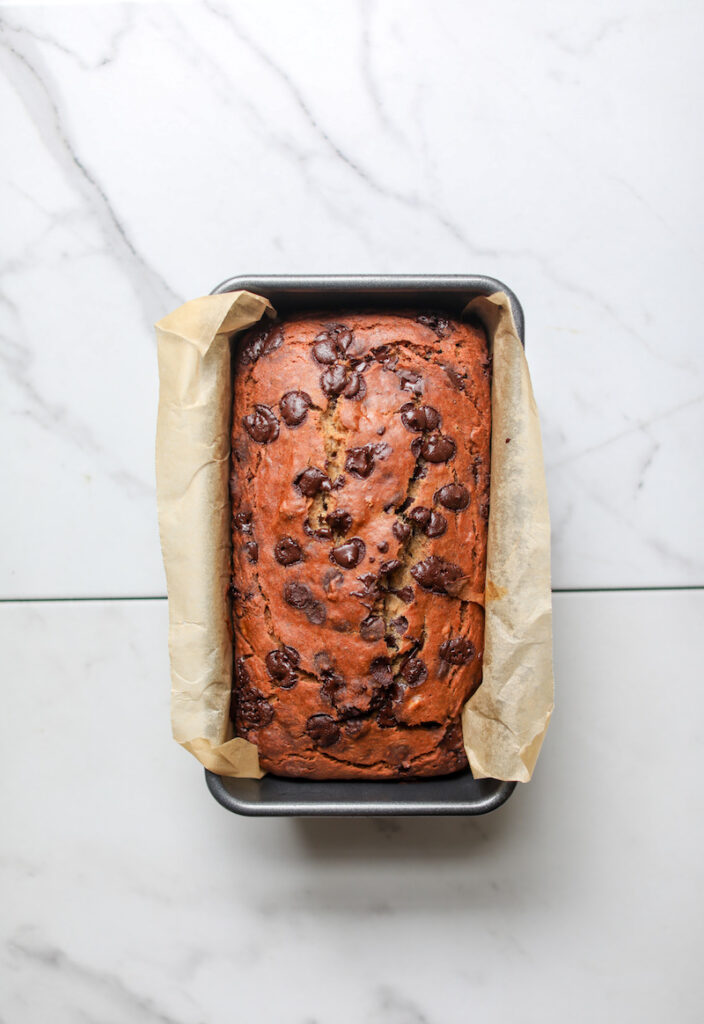
What is the ingredient that provides all of these elements? Xanthan gum. It left me wondering, what exactly is xanthan gum, and is it good for us? Should we be baking with it? Here is what the research says.
What is xanthan gum?
Xanthan gum is a food additive used as a thickening agent. Chemically speaking, it is a polysaccharide, which is a complex carbohydrate made up of multiple sugar molecules. While it is primarily used in the food industry, it has other applications as well. Given its ability to thicken and stabilize, it can be found in cosmetics and personal care products, pharmaceuticals, and agricultural sprays and fertilizers.
Xanthan Gum in gluten-free baking.
In traditional baking, gluten lends elasticity, structure, and consistency to breads and other baked goods. Gluten-free recipes and results are often lacking on these fronts, so anyone from food manufacturers to home bakers have tried to come up with ways to compensate for the absence of gluten. Studies have shown that xanthan gum improves the structure and consistency of gluten-free baked goods, and the same can be said anecdotally as well (as exemplified by my banana bread baking experience).
While gluten and xanthan gum are fundamentally different (gluten is a structure of proteins, xanthan gum is a complex carbohydrate made up of sugar molecules), and may not be considered completely interchangeable in baking, they do have similar properties. So when you remove gluten from the baking process, xanthan gum offers a good replacement. Essentially, xanthan gum mimics the binding abilities of gluten, while helping to retail moisture and add structure.
Is xanthan gum good for you?
Xanthan gum is recognized as safe by the FDA, and this extensive overview concludes it is neither toxic nor carcinogenic. But that doesn’t mean everyone should be eating it, and especially not in large amounts. Some people claim to experience digestive distress after eating food that contains xanthan gum. Symptoms include bloating, gas, diarrhea and cramps, so note if this happens to you. It could also act as a laxative, but no other correlated adverse dietary or physiological effects were noticed, so perhaps just something to be aware of (and if you struggle with constipation, this could be a good thing!). Conversely, this study shows xanthan gum may actually be good for your gut, protecting against harmful strains of bacteria, especially after the use of antibiotics. This could be because as a non-starch polysaccharide, it contains soluble fiber, which studies have shown are beneficial for digestive, metabolic, and cardiovascular health. It is fermented into short-chain fatty acids in the digestive tract. Short-chain fatty acids such as butyric acid work to suppress the colonization of harmful bacteria.
The bottom line.
After looking into this ingredient a bit further, my outlook on xanthan gum is more positive than in the past. As a Healthified baker, I am most concerned with it as an input in my recipes, and think it could be good to include in things like breads and muffins that require a steadier structure and heartier texture. I might not include it in a cupcake or cookie recipe however, as those items are meant to have a softer consistency. I will probably continue to avoid packaged foods with xanthan gum in the list of ingredients, mostly because I try to limit my consumption of processed foods in general. If I am going to bake with xanthan gum from time to time, I might as well minimize it elsewhere.
When it comes to the prepared gluten-free baking mixes on the market, I still think the ingredients are overdone, containing more than is needed. I might add a little xanthan gum to a simpler mix I make at home, with one to three flours instead of five. I don’t think having xanthan gum in your baking pantry can hurt, and in fact just bought some myself! If you don’t experience any digestive distress after eating it, you should be good to go. As with anything health and nutrition related, tune in, and do what works for your body.
